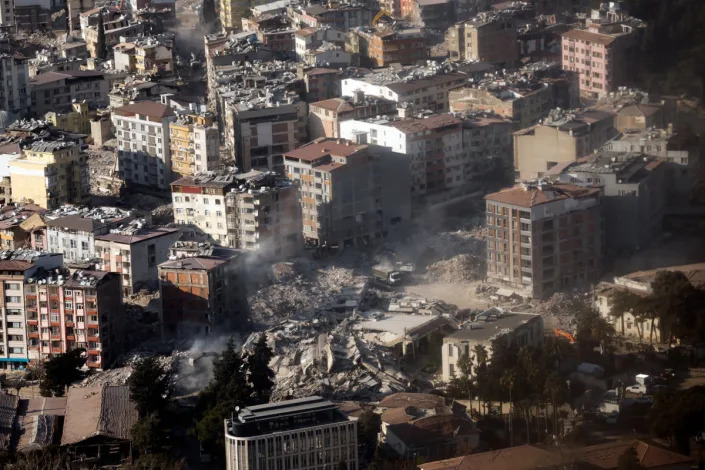Charles Kaiser in New York
Mon, February 20, 2023

Photograph: Gary Hershorn/Getty Images
The Harvard law professor Laurence Tribe said Dominion Voting Systems’ brief requesting summary judgment against Fox News for defamation – and $1.6bn – is “likely to succeed and likely to be a landmark” in the history of freedom of speech and freedom of the press.
Related: Fox News hosts thought Trump’s election fraud claims were ‘total BS’, court filings show
“I have never seen a defamation case with such overwhelming proof that the defendant admitted in writing that it was making up fake information in order to increase its viewership and its revenues,” Tribe told the Guardian. “Fox and its producers and performers were lying as part of their business model.”
The case concerns Fox News’s repetition of Donald Trump’s lie that his 2020 defeat by Joe Biden was the result of electoral fraud, including claims about Dominion voting machines.
Tribe said the filing “establishes that Fox was not only reckless” but also that producers, owners and personalities were “deliberately lying and knew they were lying about the nature of Dominion’s machines and the supposed way they could be manipulated”.
Filed last week, the 192-page document makes it clear that senior figures at Fox News from Rupert Murdoch down knew immediately after the election that claims of voter fraud, in particular those aimed at Dominion, were false.
Tucker Carlson called the charges “ludicrous” and “off the rails”. Sean Hannity texted about “F’ing lunatics”. A senior network vice-president called one of the stories “MIND BLOWINGLY NUTS”.
But none of this knowledge prevented hosts from repeating lies about everything from imaginary algorithms shaving votes from Dominion machines to non-existent ties between the company and Venezuela.
Tribe was one of several first amendment experts to call the filing nearly unprecedented.
“This is the most remarkable discovery filing I’ve ever read in a commercial litigation,” said Scott Horton, a Columbia Law School lecturer, Harper’s Magazine contributing editor and litigator with clients including CBS and the Associated Press.
“A summary judgment motion by a plaintiff in this kind of case is almost unheard of. These suits usually fail because you can’t prove the company you’re suing knew they were spreading falsehoods. That you would have evidence they knew it was a lie is almost unheard of … in this case the sheer volume of all the email and text messages is staggering.”
Horton said Dominion’s case gets “huge benefit” from the way Fox employees “express themselves with a huge measure of hyperbole about absolutely everything”.
This is not a request to go to trial. There is no genuinely disputed fact. The defendants were deliberately lying
Laurence Tribe
Tribe agreed: “This is one of the first defamation cases in which it is possible to rule for the plaintiff on summary judgment. This is not a request to go to trial. There is no genuinely disputed fact. The defendants were deliberately lying in a manner that was per se libelous and they clearly knew it.”
When the Dominion filing was first reported, Fox News said it “mischaracterized the record, cherry-picked quotes stripped of key context and spilled considerable ink on facts that are irrelevant under black-letter principles of defamation law”.
Lawyers for Fox News claim everything their anchors said was protected by the first amendment.
Other lawyers are skeptical.
“You may have a first amendment right to report on what the president said but you have no right to validate a statement that you know to be false,” said Steven Shapiro, former legal director of the American Civil Liberties Union and counsel or co-counsel on more than 200 supreme court briefs.
David Korzenik is a leading libel lawyer whose clients include the Guardian. He said the Dominion case shows it “possible to prove actual malice. If particular people are shown to have believed something to be false, or to have been highly aware of its probable falsehood, and at the same time they made statements endorsing it on air, they are in play.
“You’re allowed to be biased … you’re allowed to try to make money. And people should be able to disagree with each other in a newsroom. But if Fox anchors say they don’t believe X and then turn around and endorse X on air after expressing manifest disbelief in it, they have a real problem.
“The actual malice standard is very high and it’s supposed to be … it’s a burden that can be overcome in limited but appropriate circumstances.”
•••
The biggest irony revealed by the Dominion filing is that Carlson and colleagues quickly decided the greatest threat to their network was one of the only times it reported an accurate scoop: that Arizona had gone for Biden, at 11.20pm on election night.

Donald Trump gestures after speaking on election night at the White House. Photograph: Mandel Ngan/AFP/Getty Images
Four days later, another Murdoch property, the New York Post, asked Trump to stop the stolen election claim. Rupert Murdoch thanked the Fox News chief executive, Suzanne Scott, for making sure the editorial got wide distribution, according to the Dominion filing.
But later that day, as Fox executives realized they were losing viewers, the tide began to shift.
“Getting creamed by CNN!” Murdoch messaged Scott.
In a message to his producer, Carlson sounded terrified: “Do the executives understand how much credibility and trust we’ve lost with our audience? We’re playing with fire, for real an alternative like Newsmax could be devastating to us.”
And so on 8 November Maria Bartiromo featured the Trump adviser Sidney Powell and said: “I know that there were voting irregularities. Tell me about that.”
That alternate reality would be repeated for months. Perhaps most devastating of all is Dominion’s account of what happened on 12 November, after the reporter Jaqui Heinrich “correctly factchecked [a Trump] tweet, pointing out that top election infrastructure officials said that there is no evidence that any voting system deleted or lost votes, changed votes, or was in any way compromised.”
Carlson was incensed. He messaged Hannity: “Please get her fired. Seriously what the fuck? Actually shocked. It needs to stop immediately, like tonight. It’s measurably hurting the company. The stock price is down.”
Hannity complained to Scott, who said Heinrich had “serious nerve doing this and if this gets picked up, viewers are going to be further disgusted”.
By the next morning, Heinrich had deleted her tweet.
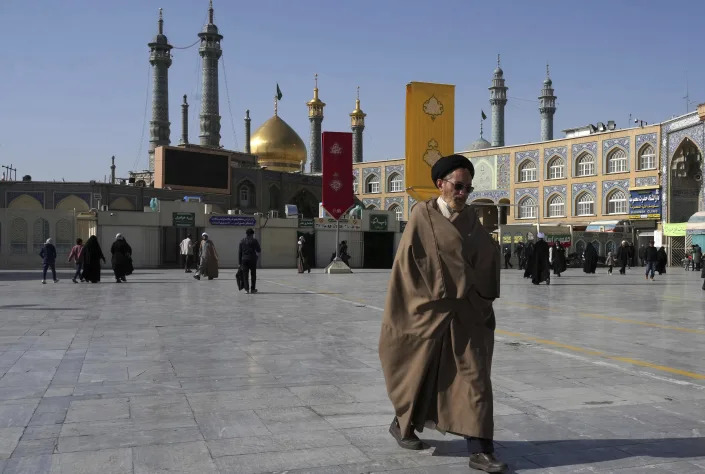
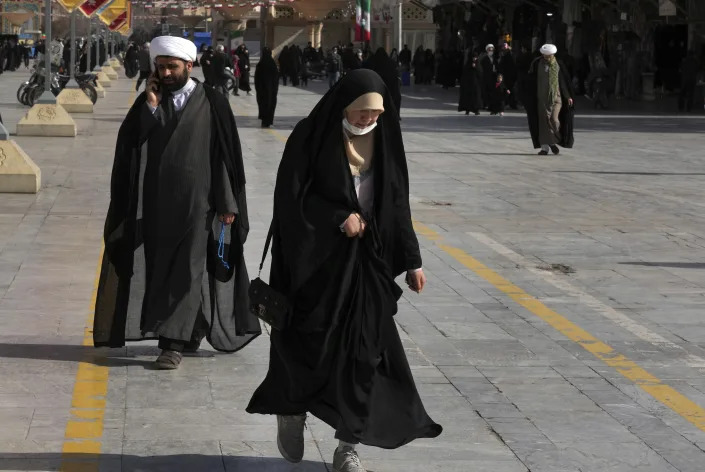
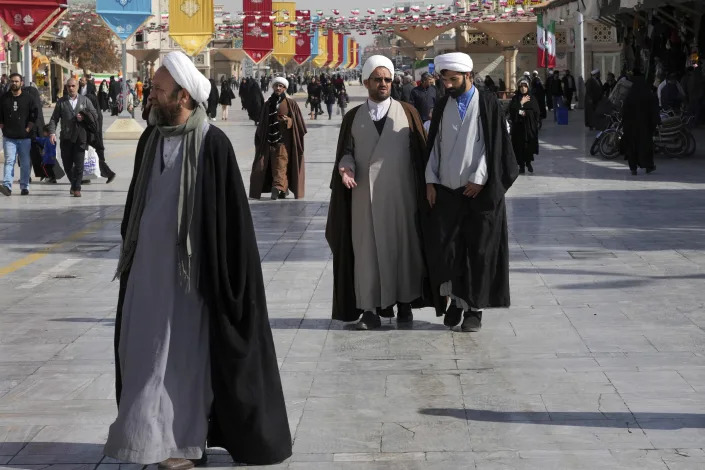








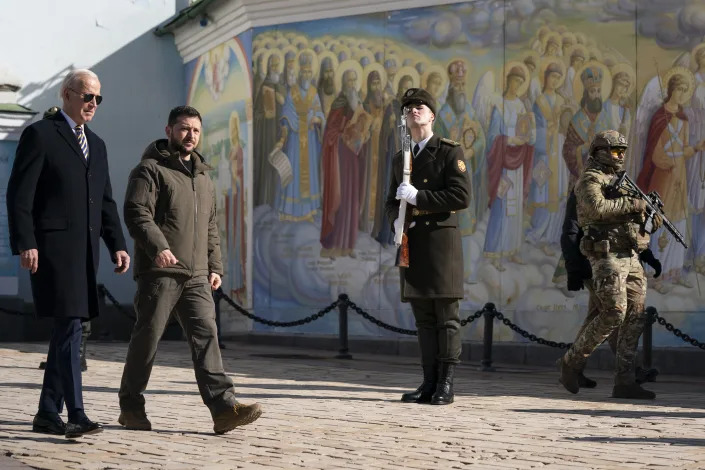



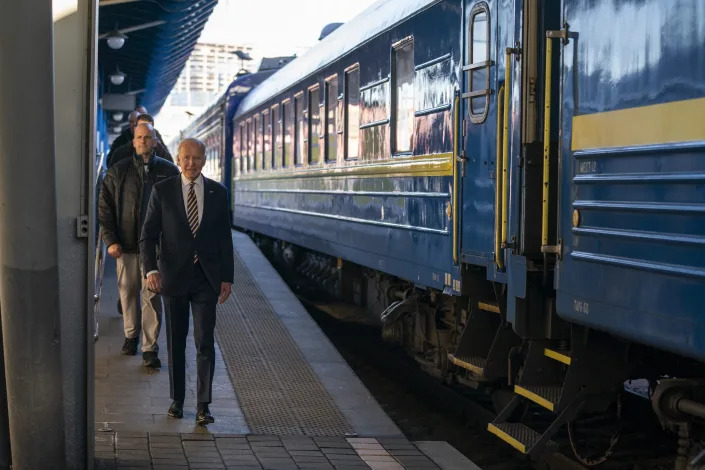







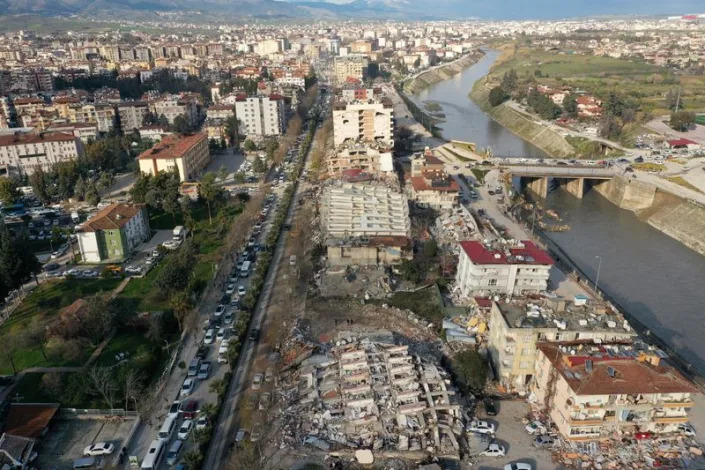







 A worker watches the digger as he stands on the rubble from destroyed buildings as she awaits the body of her relatives on Feb. 20, 2023 in Hatay, Turkey.Getty Images
A worker watches the digger as he stands on the rubble from destroyed buildings as she awaits the body of her relatives on Feb. 20, 2023 in Hatay, Turkey.Getty Images A man walks in front of rubble from destroyed buildings on Feb. 20, 2023 in Hatay, Turkey.Getty Images
A man walks in front of rubble from destroyed buildings on Feb. 20, 2023 in Hatay, Turkey.Getty Images A man holds his mobile phone near destroyed structures from a car in the aftermath of the deadly earthquake in Antakya, Hatay province, Turkey, on Feb. 20, 2023.REUTERS
A man holds his mobile phone near destroyed structures from a car in the aftermath of the deadly earthquake in Antakya, Hatay province, Turkey, on Feb. 20, 2023.REUTERS

